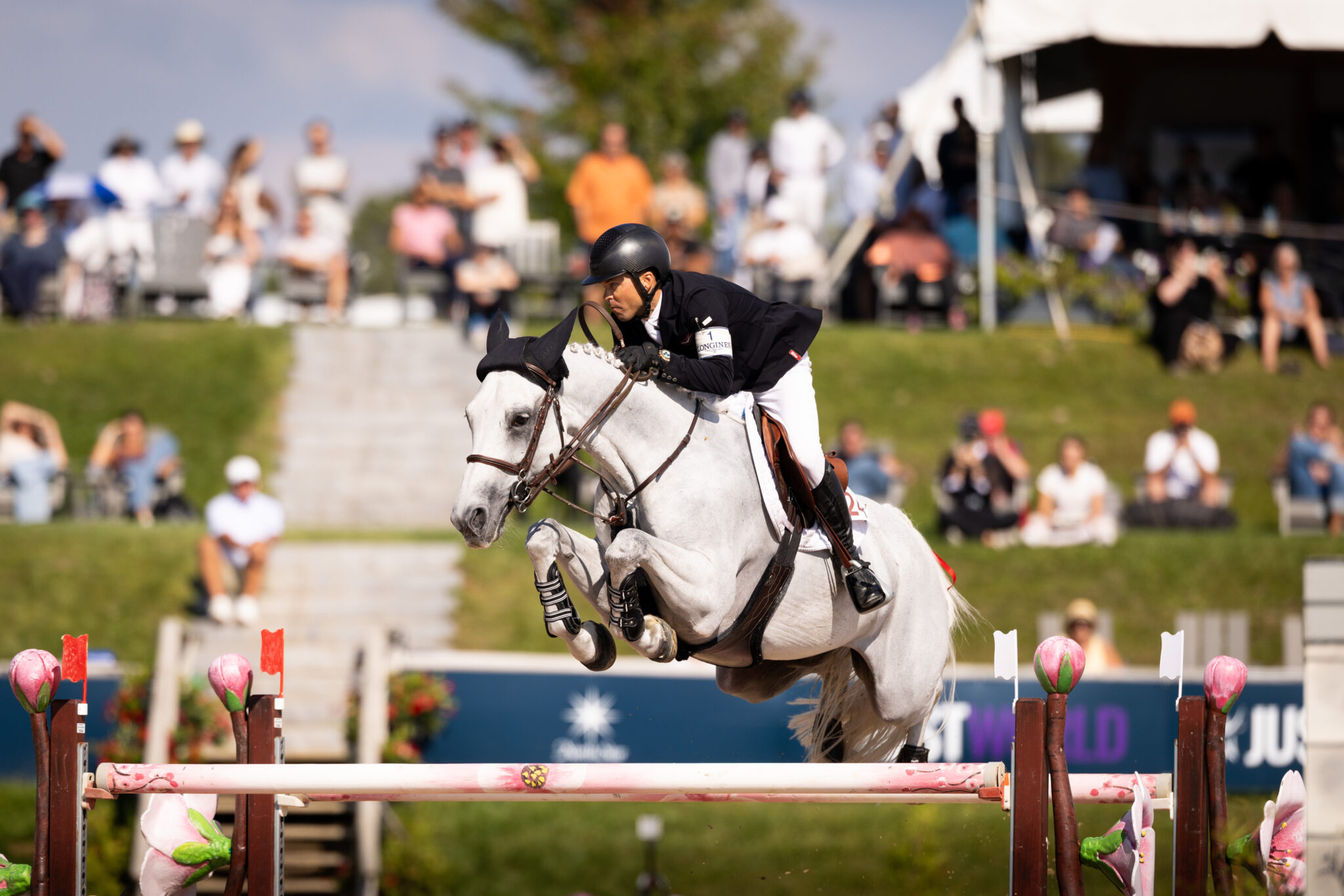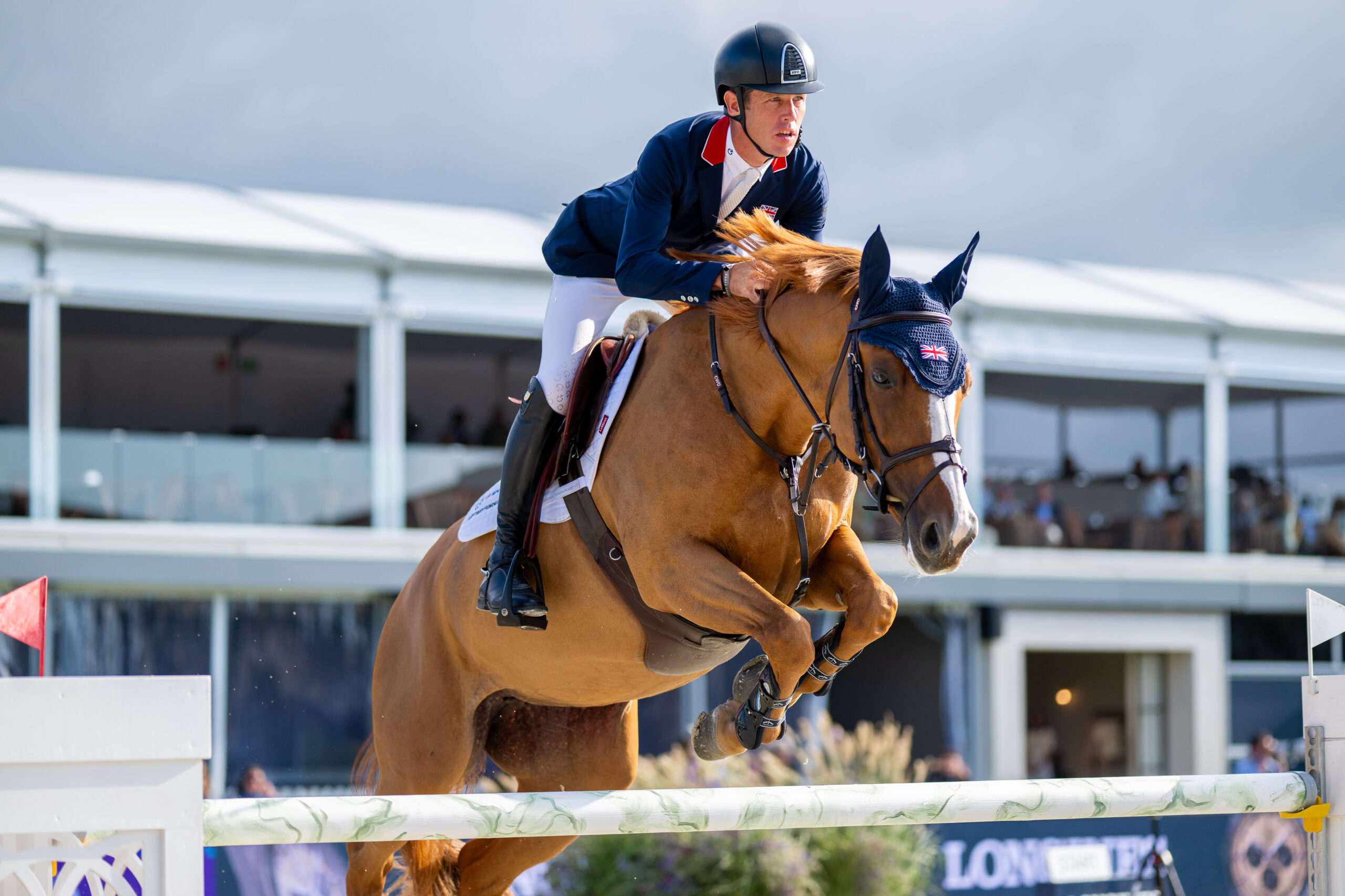In light of the Black Lives Matter police brutality protests sweeping every state in the nation, institutions in the horse world from publications to membership organizations are talking about how they can “help.”
Read part one of this series on diversity and inclusion, if you haven’t already, to prepare yourself for this discussion on solidarity and action.
Several large horse companies have released lukewarm statements in the past couple of weeks to the effect of “We stand in solidarity with people of color and peaceful protests.” In part one, we defined diversity and inclusion in context of the horse industry, so in the interest of consistency, here is a definition for solidarity:
- The unity or agreement of feeling or action especially among individuals with a common interest.
If we want to see people of color thrive in this industry, we have to demand more from the horse businesses, membership organizations, and companies we patronize. Too many of these statements of “solidarity” are so vague they are rendered meaningless. We need to hear what their specific stance is, what changes they will actively make, and hold them accountable for what they say and how changes are implemented.
Ask questions! Demand results! This is very important because companies can say they “stand in solidarity” until they are blue in the face. They can post a fist graphic, black out their profile for #blackouttuesday, and post clipart white and brown characters holding hands, but WHERE IS THE ACTION? When “standing in solidarity” how will you actively make a change in your company and your community to produce diverse results? ACTION is what is required of the horse industry to make it inclusive. We need you to RUN in solidarity!
Don’t “stand in solidarity” and not have a person of color on your team or in your leadership.
Don’t “stand in solidarity” and not have a person of color available to have input in how you approach matters of race. RUN in solidarity to acknowledge the contributions people of color can make to increase brand awareness and revenue (because we all know that’s what it’s about).
If you continue to approach conversations of racial inequity without people of color on your executive leadership it will feel ingenuine, tone deaf, and most likely will be a detriment to the business’s campaign. Action is what it takes to fix this gaping hole in the horse industry and action is what is expected.
Many white equestrians resist conversations about racism and white privilege because they too had to work hard for what they’ve had. Concerns are dismissed with, “Oh, I know a black horseback rider” or “I’ve never seen someone be blatantly racist” when it’s not something they wouldn’t normally be conscious of. This tactic is harmful. It impedes the progress made restructuring this sport. One person after another (me included) has explained via article and Facebook/Instagram dissertations that white privilege doesn’t mean your life has been easy, it just means your race is not one of the factors making it difficult.
Despite what culturally clueless people think, racism is a part of the horse world because it is part of the society itself. The horse world is not a sanctuary where everyone is treated equally.
If you are reading this because you want to take action beyond posting a black square on social media. Here are some concrete steps you can take today to make the horse world a space where racism is not tolerated:
1. Write to the membership organizations you belong to and ask for the membership statistics broken down by race. Ask them why they think their organization is so overwhelmingly white (it will be) and what they will do to deliberately engage Black or BIPOC equestrians.
2. Ask them, too, when they will be bringing Black people into positions of power in the organization, particularly paid positions. Make it known that token representation is not enough—white people have been making the decisions for these organizations since their inception.
3. Write to every equestrian publication you can think of, online and print, and ask them why their default in stock imagery is white people. Ask them why entire issues go to print featuring no Black equestrians. Ask them what their plan is to amplify the voices and experiences of Black riders.
4. Ask them when Black equestrians will be represented on their board, if they have one, and in their editorial and photography staff. Remind them that there are many brilliant Black writers AND photographers among Black riders.
5. Donate money to equestrian programs that are serving Black youth, including Saddle Up And Read, the Philadelphia Urban Riding Academy, CBC Therapeutic Horseback Riding Academy, Just Believe Youth and others. If any are local to you, volunteer to lead lessons, help maintain grounds, conduct tutoring or educational lessons and more.
6. If you are in a position of power in the horse world, leverage it. Hire Black people to important positions within your organization and empower them to make decisions. Hire Black writers, photographers, editors, sales agents, and marketing professionals. Donate free advertising to equestrian programs like the ones listed above.
Companies have to make sure there is action behind the words/fists/blackouts. That’s the only way the horse industry is going to change. Diversity and inclusion are hot words right now. They are nice to say, but today solidarity is not enough. Lip service is not enough. Whatever you do, do not tell Black people how to feel, how to represent themselves, or what to focus on. Listen to Black voices, and push our stories forward.
Saying you stand in solidarity is not enough. We expect action.


 June 9, 2020
June 9, 2020 

























